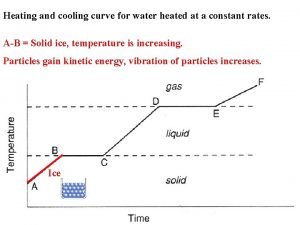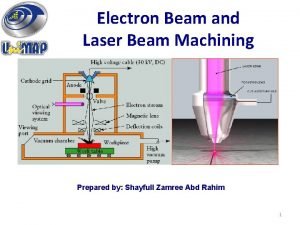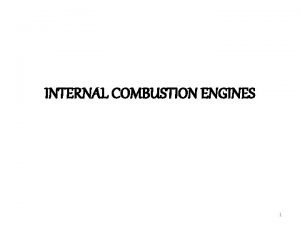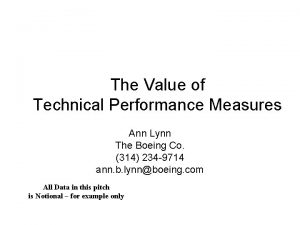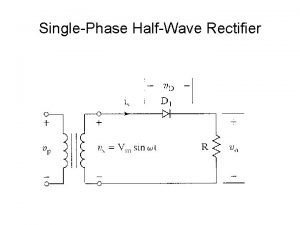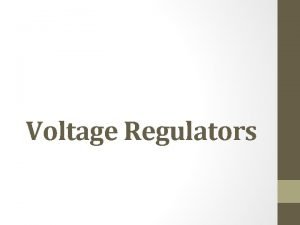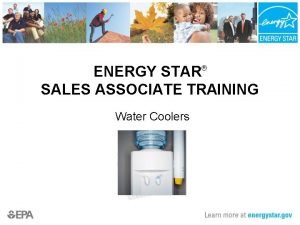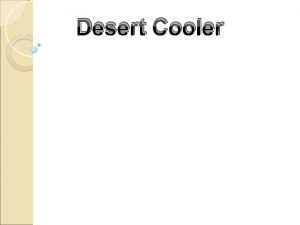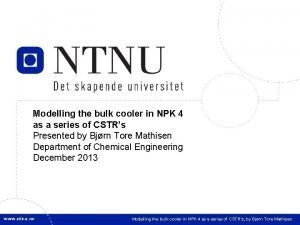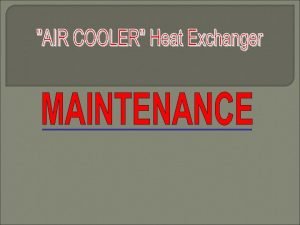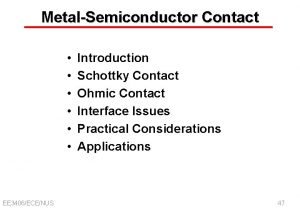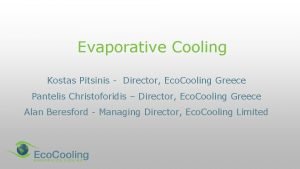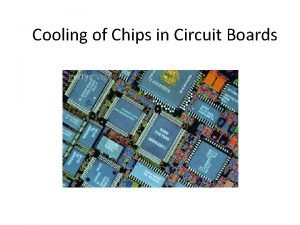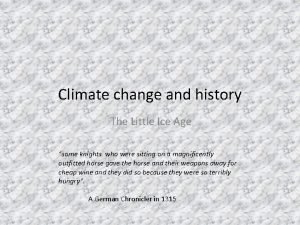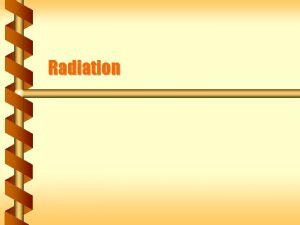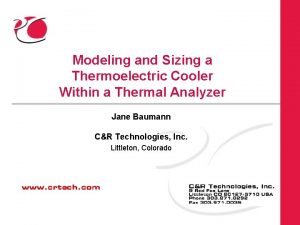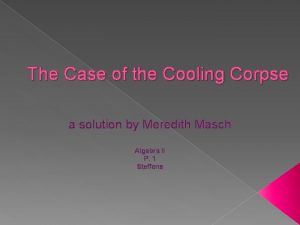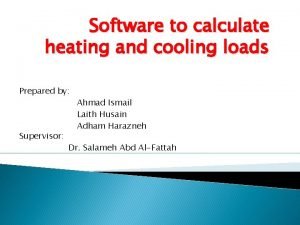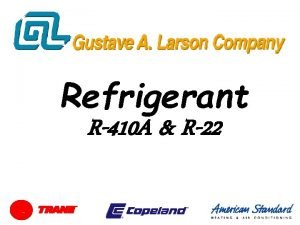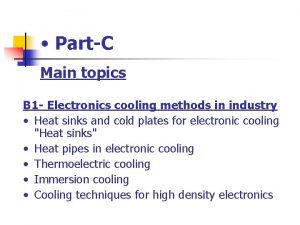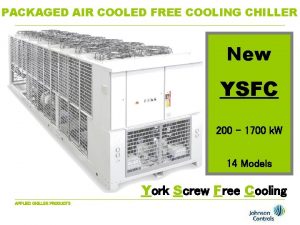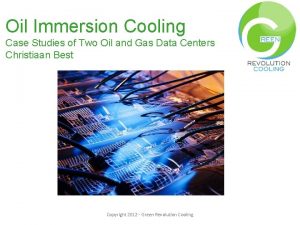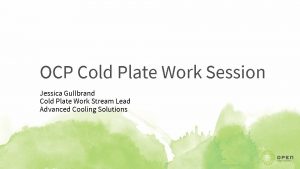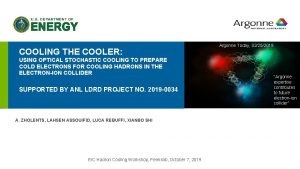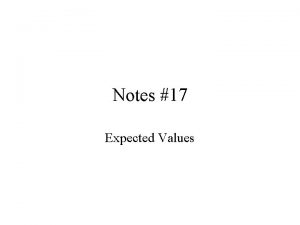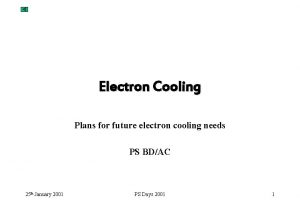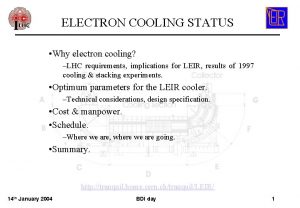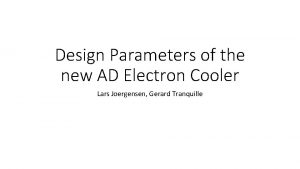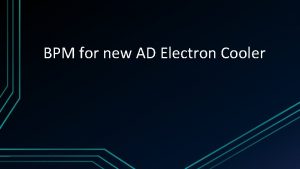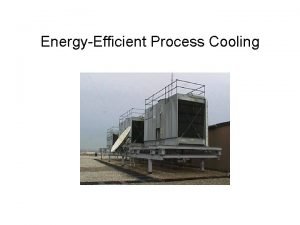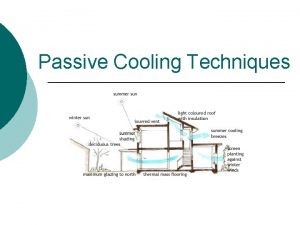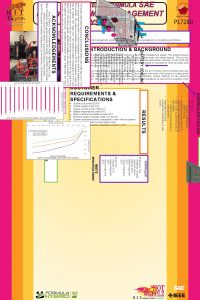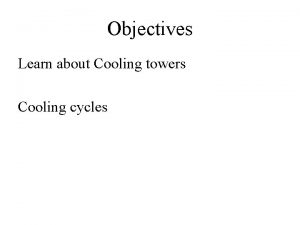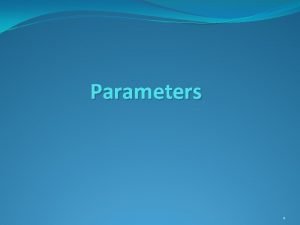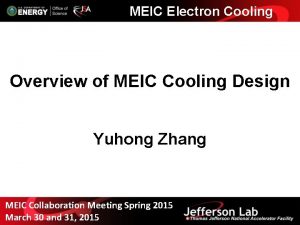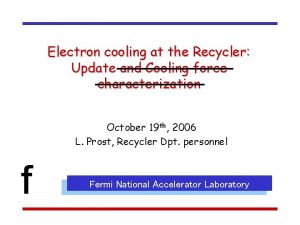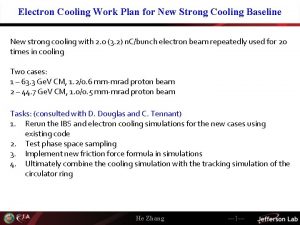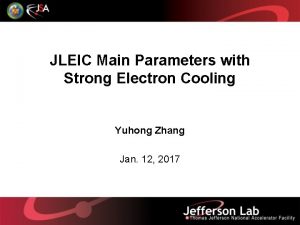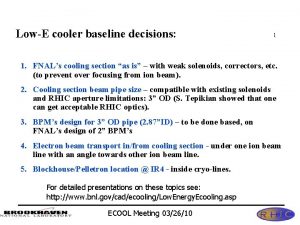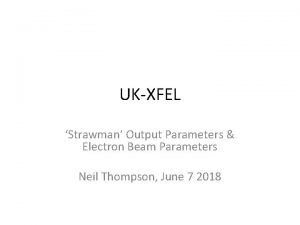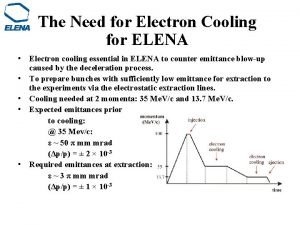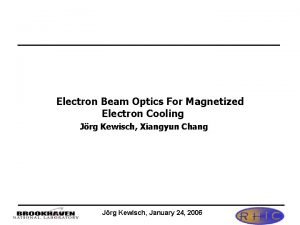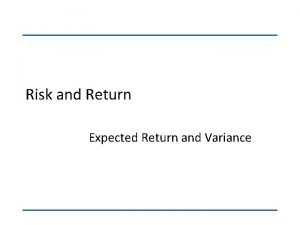Electron Cooling Expected Performance Construction Electron Cooler Parameters




























- Slides: 28

Electron Cooling Expected Performance & Construction

Electron Cooler Parameters Momentum (Me. V/c) 35 13. 7 0. 037 0. 015 Electron beam energy (e. V) 355 55 Electron current (m. A) 5 2 Electron beam density (m-3) 1. 38 x 1012 1. 41 x 1012 Bgun (G) 1000 Bdrift (G) 100 Expansion factor 10 Cathode radius (mm) 8 Electron beam radius (mm) 25 Twiss parameters (m) h=2. 103, v=2. 186, D=1. 498

Why These Parameters? Constraints imposed by the machine design: • Available space • Machine lattice • Perturbation to the ring Experience obtained designing, operating and optimising electron coolers • >30 years on LEAR/LEIR and AD • Experience from other labs (Kyoto, MPI Heidelberg…) Theory/simulations • Evaluation of the cooling time • Identify any limitations • Betacool simulations

“Optimum” Lattice Parameters Plot of the cooling down time for 50 Me. V protons as a function of the horizontal beta function in the cooler. Cooling down time for Pb 54+ ions at 4. 2 Me. V/u as a function of horizontal beta function in the cooler.

Cooling down times for 50 Me. V protons as a function of the horizontal offset between proton and electron beam for machine 1 and machines 97 -0, 97 -1 and 97 -2.

Many different models/theories on how to evaluate the cooling time. All give different results BUT all agree that : • Where q = qi – qe is the relative difference in angle between the electrons and ions. qi= ( / ), qe=vt/v// • The parameter h = lcooler/lmachine. • Ie is the electron current. • A is the atomic mass and Z the charge state of the ion. • Relativistic factors , g.

Cooling Performance Check (A. Burov)



Betacool Simulations Compared “Model Beam” & “RMS Dynamics” algorithms for 35 Me. V/c Initial transverse emittances = 75 mm mrad to 15 mm mrad ΔP/P = ± 2‰ Ee = 355 e. V, Ie = 5 m. A, tranverse temperature: 0. 1 e. V & 0. 01 e. V “Model Beam” for 13. 75 Me. V/c Initial transverse emittances = 15 mm mrad ΔP/P = ± 1‰ Ee = 55 e. V, Ie = 1/2 m. A, tranverse temperature: 0. 03 e. V & 0. 01 e. V

• Betacool (A. Smirnov & co. ) – Code for long term beam dynamics simulation. • http: //betacool. jinr. ru – RMS Dynamics Evolution of RMS parameters (emittances, particle number) are simulated – Model Beam Ion beam is represented by an array of model particles and each effect calculates a kick of the ion momentum components and changes the particle number – Tracking Ion beam is presented by array of real particles and Coulomb scattering is calculated by the Molecular Dynamics technique – 3 D Phase Diagram A few of 3 D projection of 6 D phase space volume of ion beam. Results of beam dynamics simulation for different algorithms on the same diagram

50 mm mrad, ± 2‰

INITIAL PARAMETERS MODEL BEAM εh, v ΔP/P k. T εh, v π 10 -6 ± 10 -3 e. V 75 2 50 0. 1 εh, v RMS DYNAMICS ΔP/P εh, v ± 10 -4 ΔP/P ± 10 -4 17. 4 19. 3 5. 6 0. 78 0. 54 1. 69 2 4. 7 5. 2 3. 5 0. 78 0. 54 3. 4 25 2 1. 0 0. 6 3. 5 0. 78 0. 54 3. 4 15 2 0. 95 0. 54 3. 5 0. 78 0. 54 3. 4 50 2 3. 18 2. 52 3 0. 54 0. 36 2. 88 50* 2 1. 0 0. 4 3. 1 15 2 0. 65 0. 4 3. 1 0. 54 0. 36 2. 88 0. 01

“Model Beam”, simulation time extended to 15 s.

Ie (m. A) k. T (e. V) h (mm) v (mm) P/P (10 -3) 1 0. 03 2. 4 1. 5 ± 0. 6 1 0. 01 2. 1 1. 3 ± 0. 5 2 0. 01 1. 9 1. 1 ± 0. 5


Extension of cooling on beam bunching process: motivation • Useful for efficient beam transfer via those section of electrostatic beam lines to experiments which have big dispersion (matching sections) • Critical for experiments with request of small momentum spread in beam (GBAR, ASACUSA? ) • Useful in case of increased number of particles in a bunch (bigger IBS rates) • Allows to reduce maximal voltage in cavity which is needed for getting short bunch, now bunch length is reduced by cooling

Electron cooling of coasting beam with I_e = 1 m. A

Capture and bunching with RF=20 V

Electron cooling of bunched eam with I_e = 1 m. A

Beam parameters during cooling and bunching processes with RF = 20 V and I_e = 1 m. A x, mm mrad p/prms, 10 -3 rms, m initial coasting t, s 2, 5 0, 5 - 0 cooling of coasting 1 0, 3 - 0, 8 capture and bunching 1 1, 06 0, 55 0, 84 1, 05 0, 26 2, 3 cooling of bunched

Electron Gun & Collector Design Simulations using EGUN and COMSOL multiphysics package • S-LSR gun design checked • S-LSR gun at 55 e. V and 2 m. A, without expansion • Modified gun with 16 mm cathode, new electrode: 355 e. V, 10 m. A, no expansion 55 e. V, 2 m. A, no expansion

Modelling the cooler in COMSOL

Expansion and transport of a 55 e. V electron beam in COMSOL

Vacuum System • Vacuum system must be XHV compatible – – – – 316 LN NEG coated vacuum chambers ST 101 NEG cartridges at gun exit and collector entrance DN 100 CF flanges, sliver coated seals Hydroformed bellows NEXTorr pumps (collector and toroid chambers) Whole system bakeable at 300 C for 24 hours Bakeout jackets • Whole mechanical structure to be tilted by 90 – Support with rails to slide out gun/collector solenoids

Design of toroid vacuum chamber Ecool toroids and drift solenoid • Mechanical design well under way. • All drawings made with CATIA. • Optimisation of the toroid vacuum chamber.

Roadmap Abandon construction of cooler by Toshiba. Magnetic system to be made by external company. Vacuum chambers, supports etc. designed and made at CERN Gun and collector designs to be finalised by the end of the year. 3 firms contacted and interested in building the magnetic system Specifications sent Quotation received from Danfysik – visit on 22 nd October Tender process can take up to 3 months. Can we circumvent this process? 1 year for construction of magnet system (design, construction, measurements and delivery) 1 st draft of vacuum system ready in 1 month. Work with EN-MME and TSVSC to produce production drawings. In parallel order raw materials. Start building the vacuum system as soon as the main workshop has time.

Conclusions & Outlook Electron cooling performance has been investigated: • Performance limited by electron IBS contribution but not a showstopper • The maximum electron current is determined by the e-beam space charge Cooler design inspired by the S-LSR cooler at Kyoto University Much time has been wasted negotiating with Toshiba Co. for the construction of the cooler • Need to move quickly to our “plan B” Design is well advanced – could have construction drawings ready in 4 -5 months Construction of vacuum system etc. depends on main workshop and availability of raw materials – 1 year for manufacturing (problem for the ELENA project in general) Magnetic system to be made in industry – 1 year for design, manufacture, measurements and delivery - Tender process needs to be reduced or avoided Cooler should be ready by the end of 2015
 Construction of the cooling curve for water
Construction of the cooling curve for water In electron beam machining workpiece is held in
In electron beam machining workpiece is held in Mechanical efficiency of engine
Mechanical efficiency of engine Technical performance measures
Technical performance measures Transformer utilization factor
Transformer utilization factor Transistor series voltage regulator supplier
Transistor series voltage regulator supplier Water cooler energy star
Water cooler energy star What is meant by desert cooler
What is meant by desert cooler Npk cooler
Npk cooler Plug header air cooler
Plug header air cooler Dangling bond in fullerene
Dangling bond in fullerene Eco cooler test
Eco cooler test Air cooler printed circuit board
Air cooler printed circuit board Undaf
Undaf Innowave chiller 3
Innowave chiller 3 Hot metal contracts as it grows cooler
Hot metal contracts as it grows cooler Melcor tec
Melcor tec Energy naturally flows from warmer matter to cooler matter.
Energy naturally flows from warmer matter to cooler matter. Behaviorally anchored rating scale
Behaviorally anchored rating scale Performance appraisal process
Performance appraisal process All performance attributes designated as joint performance
All performance attributes designated as joint performance Who killed dr dedman answer
Who killed dr dedman answer Market practice definition
Market practice definition Heating and cooling software
Heating and cooling software R22 high and low pressure chart
R22 high and low pressure chart Electronic cooling methods
Electronic cooling methods Free cooling chiller
Free cooling chiller Oil immersion cooling
Oil immersion cooling Ocp liquid cooling
Ocp liquid cooling
